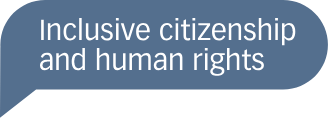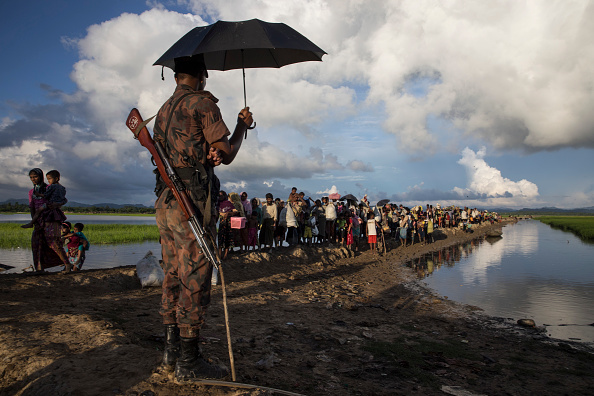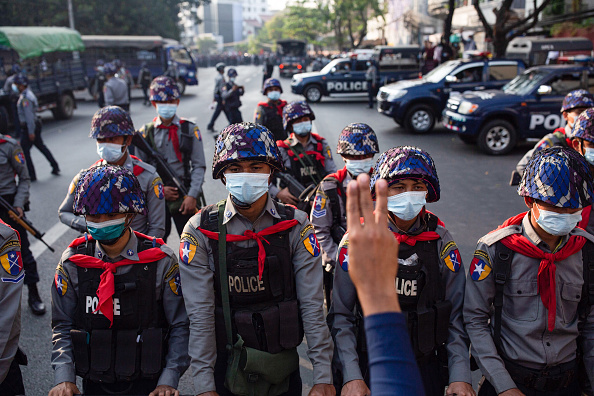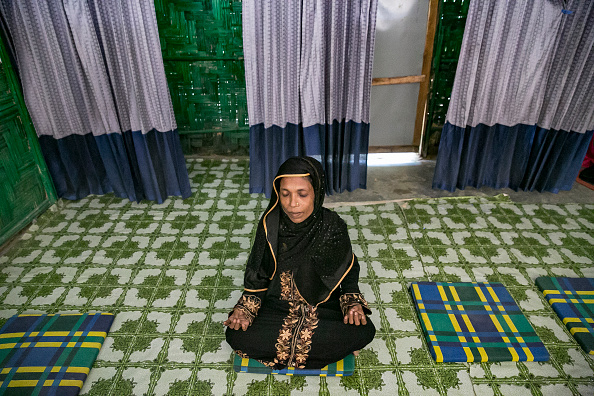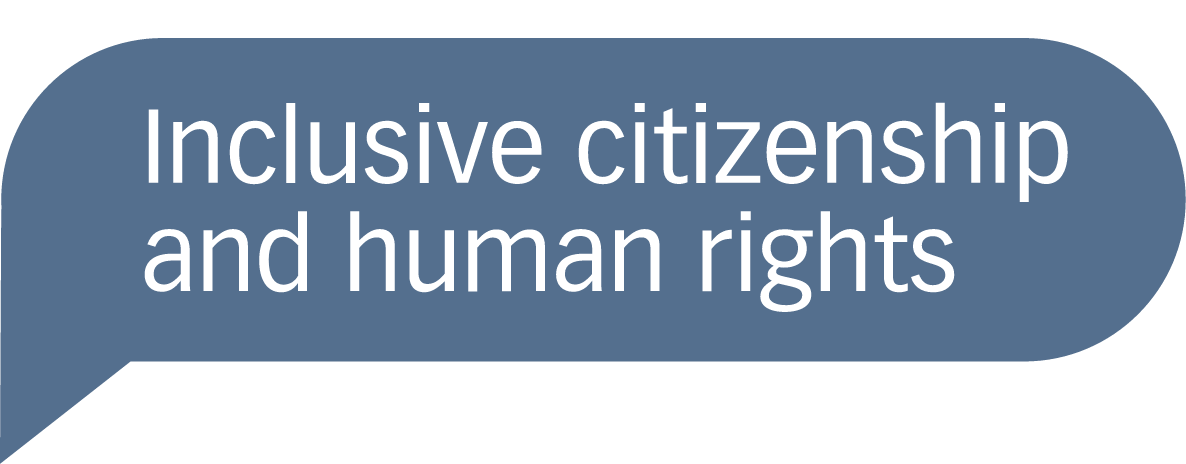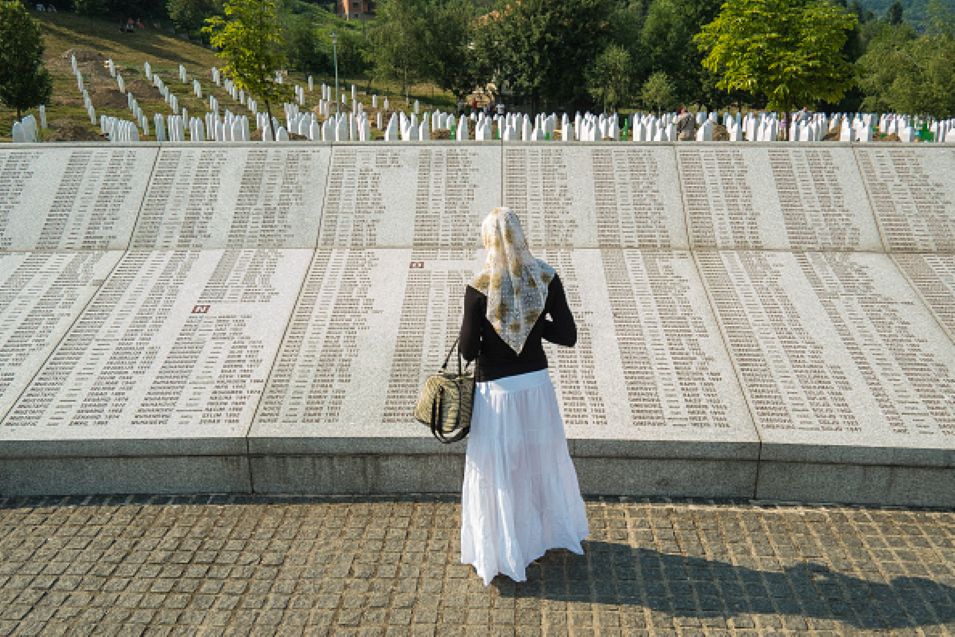
Genocide, a crime targeting groups based on identity, is one of the mass atrocity crimes, alongside crimes against humanity, ethnic cleansing, and war crimes. Prevention requires early action, international cooperation, and education to build inclusive, resilient societies.
On this page, you will find research-based information and resources exploring the legal and social dimensions of mass atrocity crimes. The page also examines the role of gender in mass atrocities and highlights its significance in understanding these crimes.
Additionally, we present case studies to further explore various examples of genocide and its consequences, and a digital course for a more holistic understanding. We have also developed a comprehensive resource guide that introduces key organizations, frameworks and initiatives relevant to genocide and atrocity prevention, serving as a starting point for further exploration and engagement. This topic page is developed in cooperation with Mass Atrocity Responses.
What is”genocide”? Interview with professor William A Schabas.
Discover more expert interviews below.
Course: Genocide & Group Hostility
Examining factors contributing to genocide against religious minorities through digital tools
In this course we will explore genocide and group hostility, using example cases such as the Rwandan genocide, the Srebrenica genocide, and the Yazidi genocide.
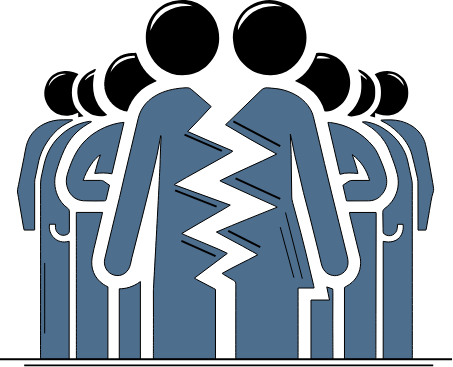
A Resource Guide to Navigate Mass Atrocity Prevention
What are the most important and essential actors and instruments in the field of atrocity prevention?
This guide provides a curated selection of key resources, from policy documents to research initiatives, designed to support policymakers, activists, and scholars in their efforts to understand and address atrocity risks and promote prevention strategies – providing a starting point for understanding this complex field.
Related Resources
Find digital tools produced in cooperation with partners and researchers from different regions.
Explore More Tools
Filter all resources based on topics, cases and media types
